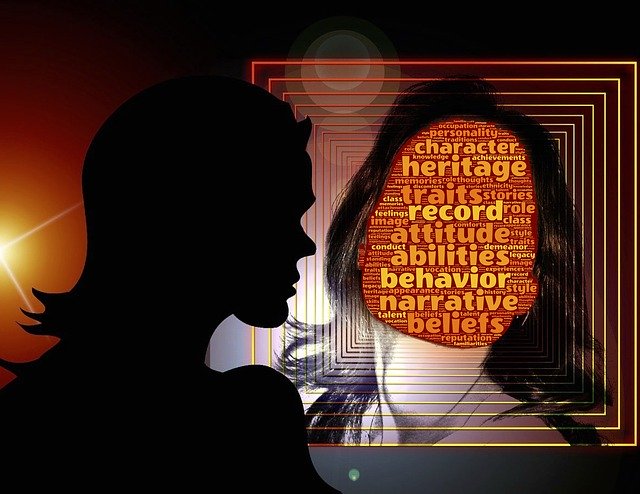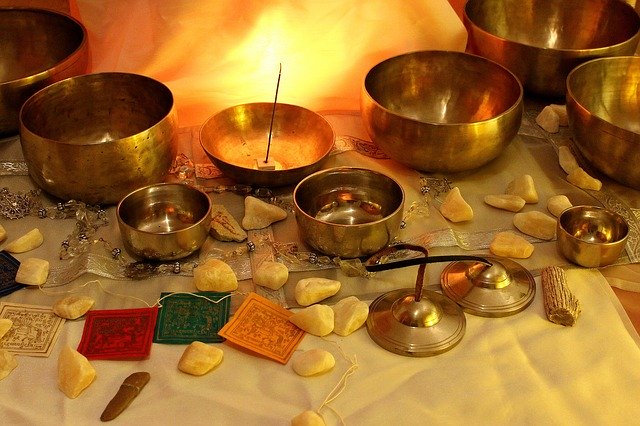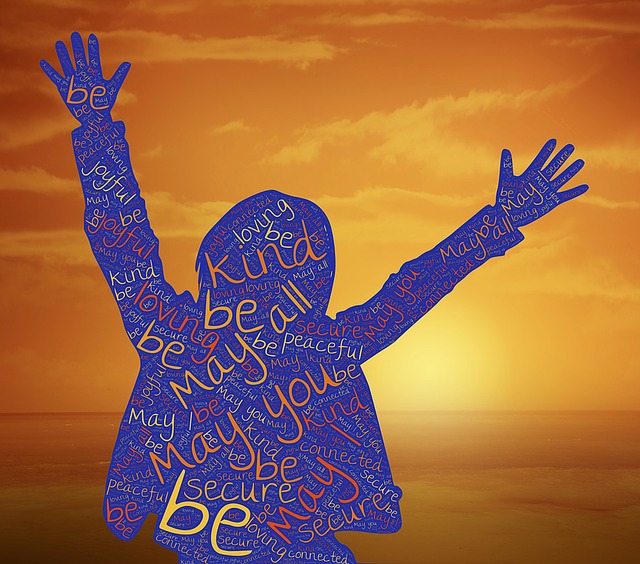Diana Winston in the last MARC meditation podcast of 2020 provided a guided meditation on Handling Difficult Situations with Wisdom and Compassion. She uses imagery for the guided meditation – a process she has used previously for a kindness meditation. However, the focal image differs in the two meditations – the current meditation involves picturing a wise, compassionate person while the previous one involved the image of a “kindness pond”. At the outset of the difficult situation meditation, Diana encourages you to envisage the mediation as an “inner oasis”, a refuge in times of stress.
Guided meditation on handling difficult situations
Difficult situations can be many and varied – e.g., a close relative suffering from dementia, conflict in the family, falling out with a partner or friend, personal illness or chronic pain, serious financial loss or job loss. The starting point is to accept what is – not disowning it but being prepared to be with what is happening without judgment, recrimination, or resentment.
Diana suggests that you begin the meditation with a couple of deep breaths – using the exhale phase to release any build-up of tension (this could involve multiple deep breaths if your tension is very high). The grounding phase of the meditation focuses strongly on posture and the sensation of being supported – by the chair, the floor, and the ground. This initial postural focus enables you to become grounded in stillness and silence.
Moving beyond the initial focus, you can re-focus on your bodily sensations and your emotions. Diana leads you in a simple body scan looking for particular points of tension such as in your back, arms, or shoulders, so that you can progressively release what is holding you back.
Once you have achieved some level of groundedness in stillness and silence, you can focus on an anchor of your choice. It could be observing your breathing, listening to sounds internal and/or external to your space, or paying attention to the sensation in your feet or when your fingers from each hand are touching. The anchor serves as a home base whenever distracting thoughts intervene and capture your attention.
Introducing imagery into your guided meditation
Diana suggests that you focus on the image of a person you consider the wisest and most compassionate person you know (or know of). It could be a current or past mentor, a health professional, or the Dalai Lama – the choice is yours.
Once you have a person in mind, you think about what advice they would give you in relation to your current difficulty – “what would they suggest that you do or say?” For example, when I did this meditation what came to me was the need to listen more and interrupt less as a way to help another person who was experiencing considerable difficulties on a health and work front. Deep listening is perhaps the kindest think you can do for a person in difficulty – it is a way to develop empathy and compassion.
The final stage of the meditation involves asking your imagined wise and compassionate person for a gift. In my case, for example, I asked for patience, kindness, and sensitivity to the needs of others who are experiencing difficult situations.
Reflection
Imagery for people who are visuals can be a powerful way into profound meditation. We can all enhance our perception and capacity for imagination by developing our visual intelligence. One of the challenges in this meditation is to avoid becoming embroiled in re-living the difficult situation rather than maintaining attention and focus on achieving wise and compassionate action.
As we grow in mindfulness through meditation, we will become better able to draw on a range of mindfulness practices to deal with difficult situations and approach them with both wisdom (through in-depth understanding) and compassion towards ourselves. The benefits of doing so include realising peace and tranquility amid the turbulence, accessing our creativity to achieve wise action, and extending empathy and compassionate action to others in need.
_____________________________________
Image by Franz Bachinger from Pixabay
By Ron Passfield – Copyright (Creative Commons license, Attribution–Non Commercial–No Derivatives)
Disclosure: If you purchase a product through this site, I may earn a commission which will help to pay for the site, the associated Meetup group and the resources to support the blog.









